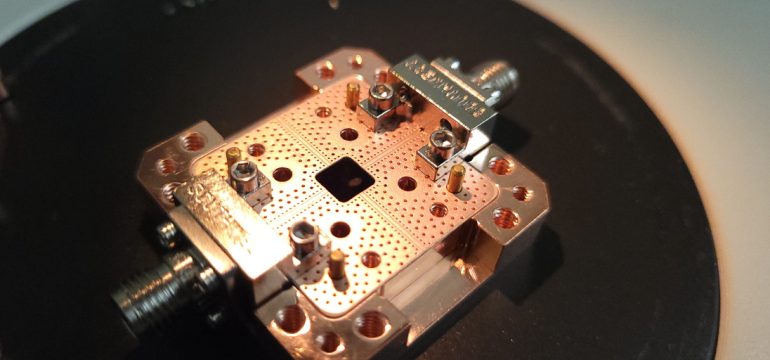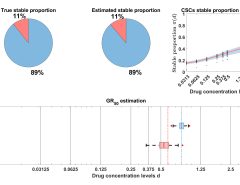Authors: Alexander Anferov, Shannon P. Harvey, Fanghui Wan, Jonathan Simon, David I. Schuster
Published on: February 05, 2024
Impact Score: 8.22
Arxiv code: Arxiv:2402.03031
Summary
- What is new: Using low-loss niobium trilayer junctions to create superconducting qubits that operate at temperatures up to 250 mK while maintaining high performance.
- Why this is important: Current superconducting qubits must operate at extremely low temperatures to avoid decoherence, limiting the scalability of quantum computing and integration with high heat dissipation experiments.
- What the research proposes: Implementing niobium trilayer junctions in transmons, leading to qubits with higher frequencies and a significant reduction in sensitivity to quasiparticles, thus allowing operation at higher temperatures.
- Results: Decoherence times of about 1 us and quality factors around $10^5$, indicating stable operation up to 1 K unaffected by quasiparticles and enabling qubit operation up to approximately 250 mK.
Technical Details
Technological frameworks used: nan
Models used: Low-loss niobium trilayer junctions in transmons
Data used: Frequency up to 24 GHz, decoherence, and dephasing times
Potential Impact
Quantum computing companies, cooling technology providers, and industries requiring high heat dissipation in quantum experiments may benefit.
Want to implement this idea in a business?
We have generated a startup concept here: QuantumScale.



Leave a Reply